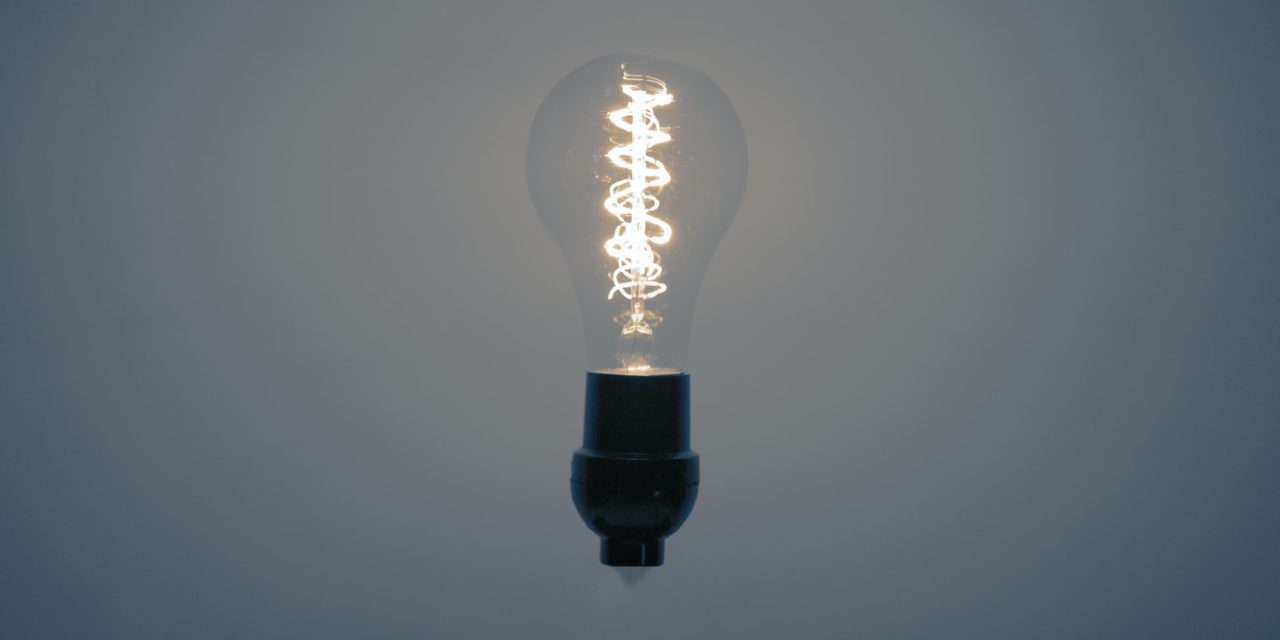[ad_1]
How remarkable and revolutionary are LEDs? You might direct that question to the Nobel Prize Committee that awarded the 2014 Noble Prize in Physics to Isamu Akasaki, Hiroshi Amano, and Shuji Nakamura. In the committee's own words, LEDs “hold great promise for increasing the quality of life for over 1.5 billion people around the world who lack access to electricity grids.” You had better believe that if LEDs can light the world, commercial LED lighting will light your warehouse, manufacturing facility, office, store, and all other industrial and commercial spaces.
LED Lighting are Revolutionary
It's been a short time-line from invention of LED lighting to direct industrial cost saving applications for this highly energy-efficient and rapidly improving technology. This supports the Nobel committee finding that LED will be as revolutionary to the 21st century as the incandescent bulb was to the 20th century. LED is superior in every measurable way.
- The U.S. Department of Energy (DOE) estimates that by 2027, widespread use of LEDs could save the annual equivalent, electrical output of 44 large electric power plants (1000 megawatts each). A total savings of more than $30 billion at today's electricity prices.
- LEDs cut energy use by more than 80%.
- LED bulbs last more than 25 times longer than traditional bulbs. With a useful life of 25,000+ hours, LEDs last over 3 years when running 24/7/365. Quality LEDs used with quality fixtures have an expected lifespan of 30,000-50,000 hours or longer.
- LEDs don't suddenly burn out – they only dim over time.
- The combination of extraordinarily long life and not burning out further achieves a low-cost lighting system by reducing bulb replacement labor.
- LEDs aim light in a specific direction. Light emits hemispherically rather than spherically. This reduces lighting requirements by delivering light where needed rather than in all directions.
- LEDs are highly resistant and immune to vibrations and impact. Instead of glass enclosures, LEDs mount on circuit boards.
- LEDs work at cold temperature and come on instantly without a warmup cycle. Rapid cycling (on and off) has no effect on LEDs, but shortens the life of traditional lighting. This makes LED ideal for industrial applications such as refrigerated display cases, freezers, cold storage spaces, outdoor and so much more.
- LEDs are much more controllable with a dimming range from 100% to 10% light output compared to a low-end limit of 30% for fluorescent lights. Dimming is also continuous and smooth rather than tiered.
- LEDs emit virtually no infrared or ultraviolet radiation and do not contain mercury.
Common Applications
Just as commercial LED technology continues to advance, so does the commercial uses. Not only are LED lights highly efficient but also attractive in appearance. Making such lighting system ideal for shopping malls, showrooms, offices, and even improving factories' cosmetic appearance.
LED lighting is also utilized for spotlighting, downlighting, in tube lights, strip lights, and even to retrofit light bulbs and in pre-existing lighting fixtures.
The time for commercial LED lighting is now with virtually unlimited applications. What innovative use do you have: elevator lighting, task lighting, street lighting, emergency lighting, accent lights, occupancy sensor lighting? The list is endless.
[ad_2]
Source by George N Anderson


